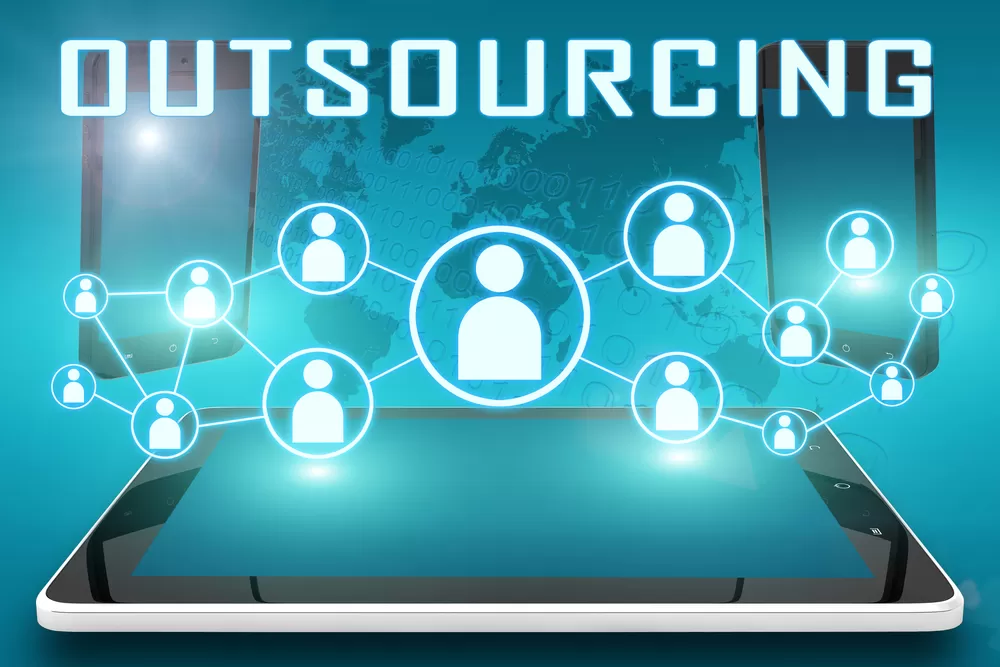Benefits administration is one of the most common elements of a HRIS solution. For some companies, benefits administration is the main reason for purchasing a HRIS. In fact, many companies opt to purchase and install HR software every year, immediately prior to open enrollment time. This is due to the potential cost and time savings that benefits administration features can provide.
Companies may quickly see a favorable ROI on a new HRIS during benefits open enrollment.
When a HRIS with benefits administration functionality is introduced into an organization, it allows HR and benefits professionals to automate the complex, time-consuming process of benefits enrollment and administration. While HR and benefits professionals may still need to provide assistance for the processes, automation can eliminate much of the burden and empower employees.
Benefits Administration Customization
Most HRIS solutions offer customization options for benefits open enrollment and management. This allows employers to set up rules like auto-enroll, tax percentages, dependent types, and benefits tiers. The available benefits and the permissions to make changes may also be customized by employee job code.
New Hire, Open Enrollment, and Life Events
Filling out paper enrollment forms is time consuming and hardly the way HR Professionals should be spending their time. That’s why many HRIS vendors offer electronic enrollment through their benefits modules. Some HRIS solutions even generate emails to alert employees of benefits enrollment periods. The system then guides them through the enrollment process, at which they either elect or waive benefits.
Permission levels are set so that employees may only view what they are eligible for. For example, employees will be eligible for all benefits as new hires. However, they will only be capable of changing certain benefits during periods such as open enrollment or if they experience a qualifying life event. Options to take action will only be available when employees log on.
Employee Self-Service and Benefits
When employee self-service portals are linked to benefits through the HRIS, employees have greater control over and access to their own information. Instead of connecting with HR professionals, they can easily find out information about their insurance plans, 401(k) plans, pension plans, and other information on their own accord. Employees can also make changes to their information as those changes occur.
If a qualifying life event such as a marriage or birth of a child occurs, employees can immediately initiate the changes through the HRIS self-service portal. These changes will then filter into the benefits administration module and open up new insurance options. Depending on how the HRIS is set up, initiating life changes may also automatically prompt changes to dependency status and other relevant areas.
Connections to Benefit Carriers
When benefits administration is handled manually, it can prove to be a monumental task when moving all employee data regarding benefits selections into the benefit carrier systems. This way, coverage can begin and cards can be generated. Using HRIS for benefits administration can simplify this process, too.
Many vendors offer carrier connectivity that allows Electronic Data Interchange, or EDI, between the HRIS and benefit providers. The EDI will occur automatically on a set basis about once or twice per week depending on the size of the organization and the volume of enrollments, cancellations, and changes that occur during a particular period.
Carrier connections can dramatically decrease the number of human keying errors. Most of all, they will help you focus on the parts of your job that add value to your organization. The amount of time saved by automating data transfers can be substantial, which in turn could help to save on labor costs and boost productivity.
Reporting
Standardized or customizable benefits reports offered by many HRIS vendors can help to streamline the benefits audit process. Whether you need to run a report to detect the number of benefits changes during a particular payroll period or audit the monthly medical insurance bill to be certain you are not double charged, benefits reporting will assist you.
Quickly and easily generating and sharing reports related to benefits management can assist with informed decision making and ease compliance worries.
Security
When benefits enrollment is completed manually, it can be very difficult to keep employee information secure. Forms must be filled out with employees’ social security numbers, addresses, and other personal information. Therefore, it can be tough to keep all of those forms away from the eyes of other employees. A HRIS keeps personal information secure by allowing employees to only see data that is relevant to them.
Transparency
When employees submit benefits requests for approval, every step of the process is traceable and viewable by HR and other relevant entities within the organization. Any decisions or communications initiated by the benefits provider are accessible by the employee and those in charge at the organization.
This type of transparency allows employees to anticipate payroll deduction amounts and employers to view benefits contribution requirements. Since this information is easy to find and review, HR may also have a better time spotting errors and working through any misunderstandings with employees.
Conclusion
Top HRIS software can help simplify the daunting task of benefits management. By automating benefits administration using a HRIS, your company may save time while reducing the number of errors. HR professionals, employees and the organization as a whole may benefit greatly from this shift.












